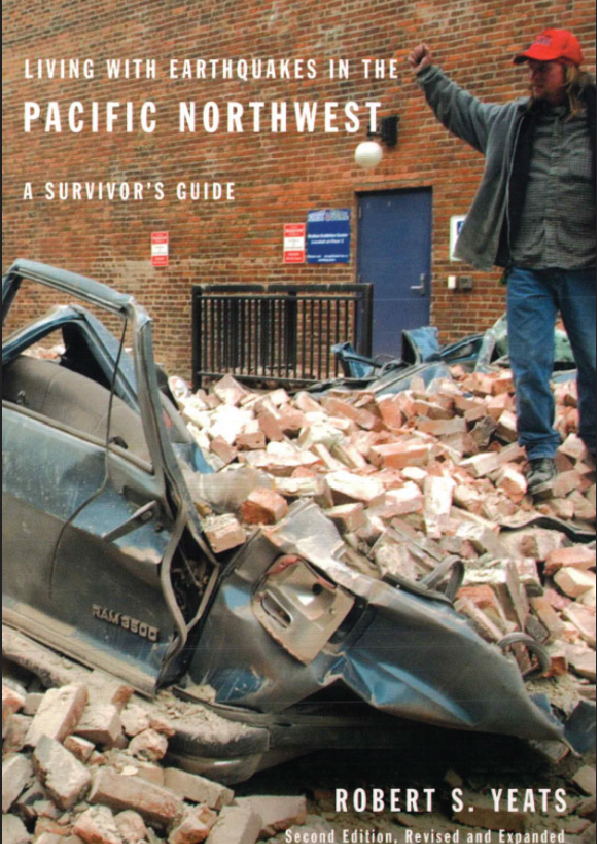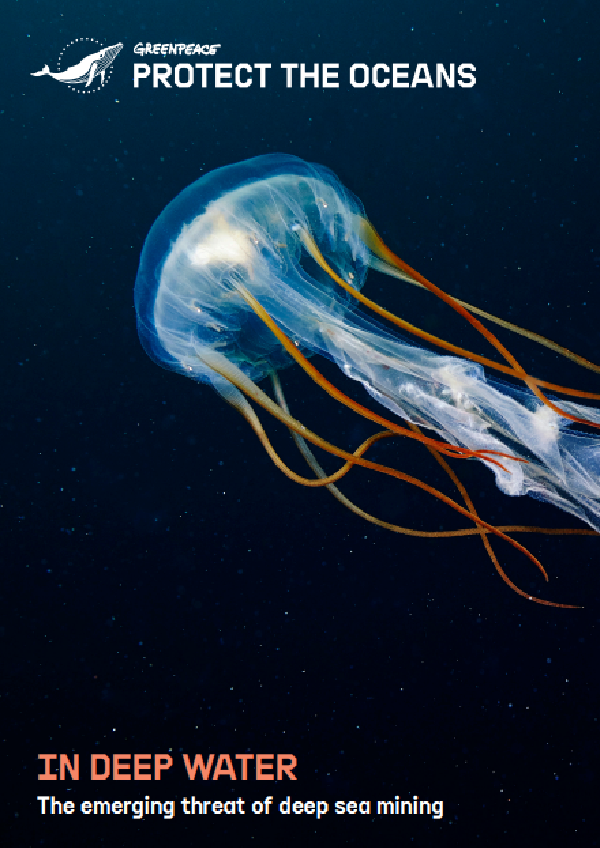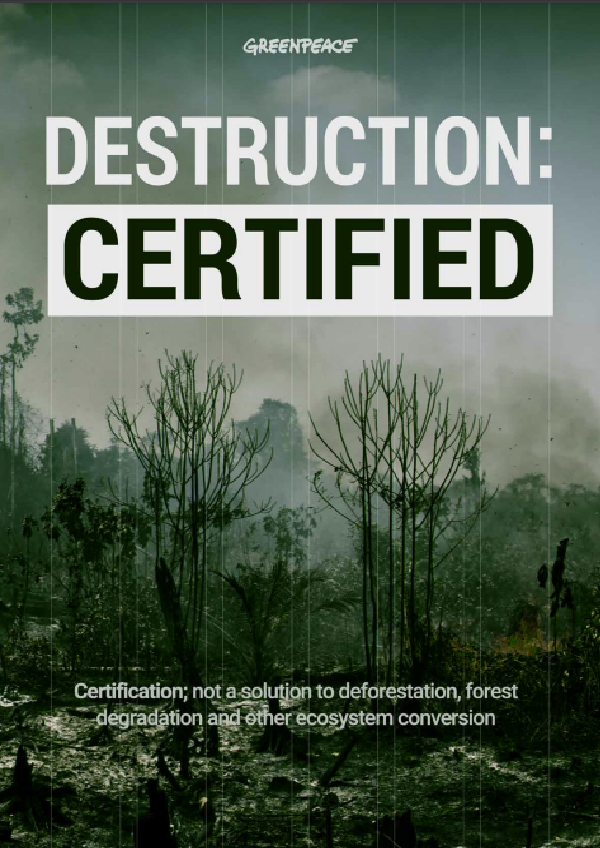We are not used to the idea of earthquakes near my home in the Pacific Northwest. Earthquakes are a threat to California, Japan, and Alaska, but surely not to Seattle, Spokane, Portland, and Vancouver. That was certainly my own view in 1977, when I moved to Corvallis, Oregon, even though I had been studying earthquakes for many years—in California, of course. My neighbor said, “Earthquakes? Bob, you gotta be kidding!”
On the other hand, the Pacific Northwest is flanked by a huge offshore active fault more than seven hundred miles long at the base of the continental slope: the Cascadia Subduction Zone. Subduction zones are where masses of crust collide, and a block of oceanic crust is forced down deep into the Earth’s interior. Subduction zones around the Earth produce most of the world’s great earthquakes. Unlike most of the other subduction zones, the Cascadia Subduction Zone has not suffered an earthquake since local written records have been kept. Modern seismographs show very little microearthquake activity on this subduction zone. I assumed, as did most of my scientific colleagues, that subduction in the Pacific Northwest is nonviolent, and that the oceanic crust somehow eases beneath the major cities of the Northwest without building up strain that would be released by earthquakes.
But in 1983, I heard a presentation by John Adams, a young New Zealand geologist transplanted to the Geological Survey of Canada. Adams stated that there might be an earthquake hazard in the Pacific Northwest. He had learned that a little-known federal agency, the National Geodetic Survey, routinely re-levels U.S. highway survey markers, and he decided to compare old level lines with more recent ones. Changes in the relative elevation of survey monuments and benchmarks along Pacific Northwest highways could provide evidence of the slow buildup of tectonic strain, ultimately leading to an earthquake.
If there were no warping of the Earth’s crust, re-leveling highway markers would be a pretty boring job. Each survey would be exactly like the previous one. But the re-leveling done by the National Geodetic Survey in the Pacific Northwest was not the same between surveys. It showed an ominous change. The highways crossing the Coast Range are being tilted slowly toward the Willamette Valley in Oregon and Puget Sound in Washington. Could this mean an increase of strain in the Earth’s crust, like a diving board being bent, and possibly a future rupture and earthquake?
As a student of natural disasters, I worry about needlessly alarming the public. What would be the reaction of people in major cities like Seattle, Tacoma, and Portland to such bad news? “Cool it, John,” I said.
Good scientist that he is, Adams ignored my advice and published his results anyway. What was the result? Nothing! For the average person, the idea was too far-fetched. The media did not pick up on the story, and Adams’ research paper was read only by other scientists. I breathed a sigh of relief, but I also began to worry that my early assumption of a slippery subduction zone might be wrong. So I waited for scientific confirmation from other sources.
Evidence was not long in coming. In 1984, Tom Heaton and Hiroo Kanamori, two seismologists from the California Institute of Technology (Caltech), published a comparison of the Cascadia Subduction Zone with others around the world. They knew that Cascadia was unusually quiet, but otherwise the geologic setting was the same as that of other subduction zones that had experienced catastrophic earthquakes, like those off the coasts of Chile and Alaska. The oceanic crust in the Cascadia Subduction Zone is relatively young, which means that it has cooled from the molten state only a few million years ago (a short time for a geologist). Because it is hotter than other oceanic crust, it is also lighter and more buoyant, meaning that it is not likely to slide smoothly beneath the continent. (The comparison I use is that of trying to stuff an air mattress beneath a floating raft.) Other subduction zones similar to Cascadia have been visited in this century by earthquakes of magnitudes greater than 8. Could it be that the reason for the lack of seismic activity here is that this subduction zone is completely locked? Maybe the time during which records have been kept, less than two hundred years, is too short for us to conclude that the Pacific Northwest is not earthquake country.











